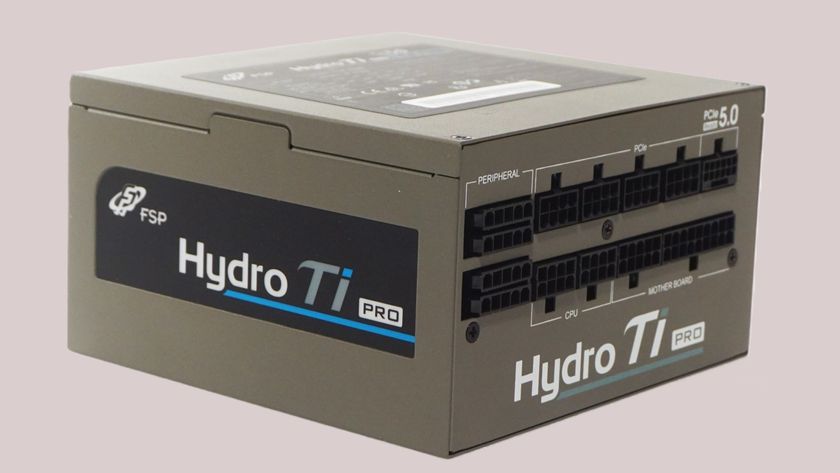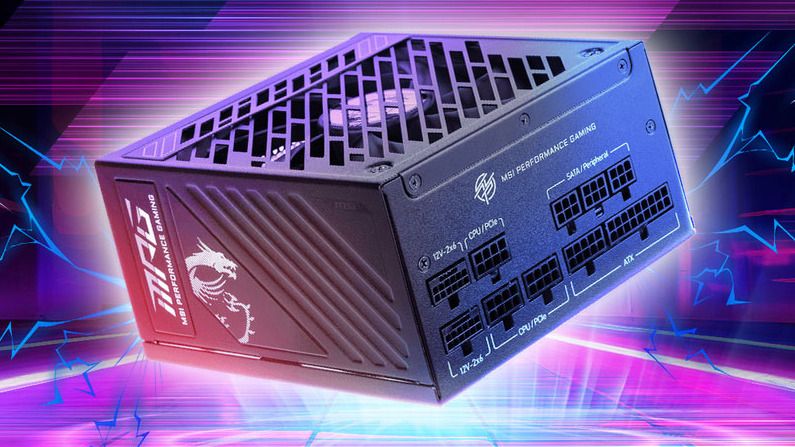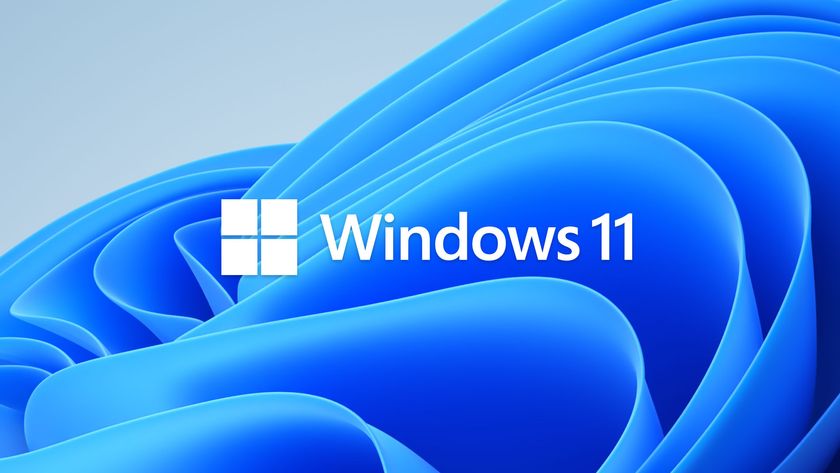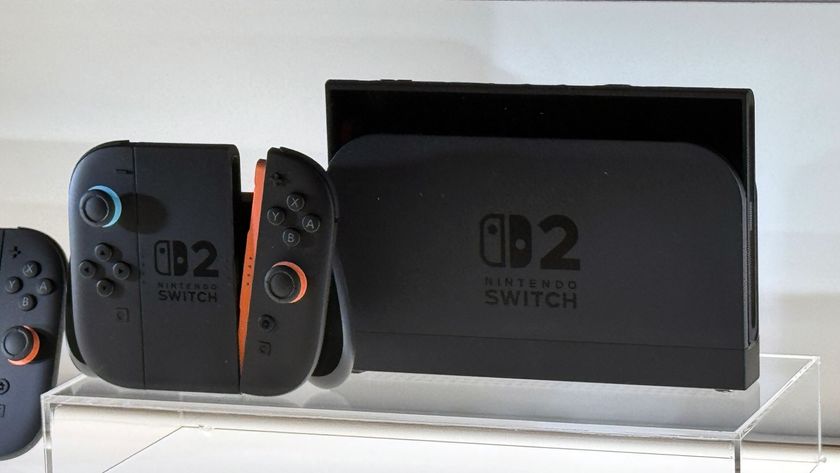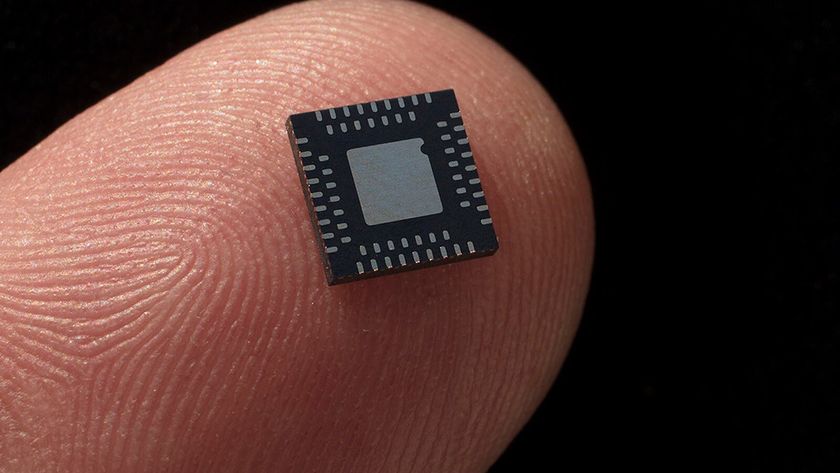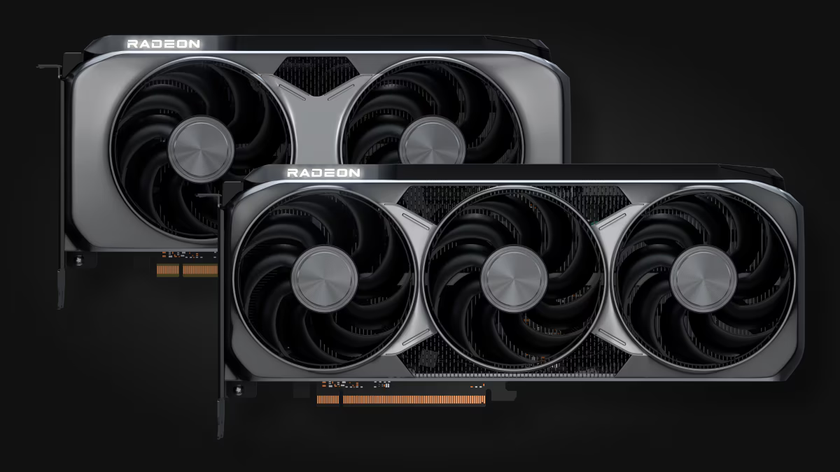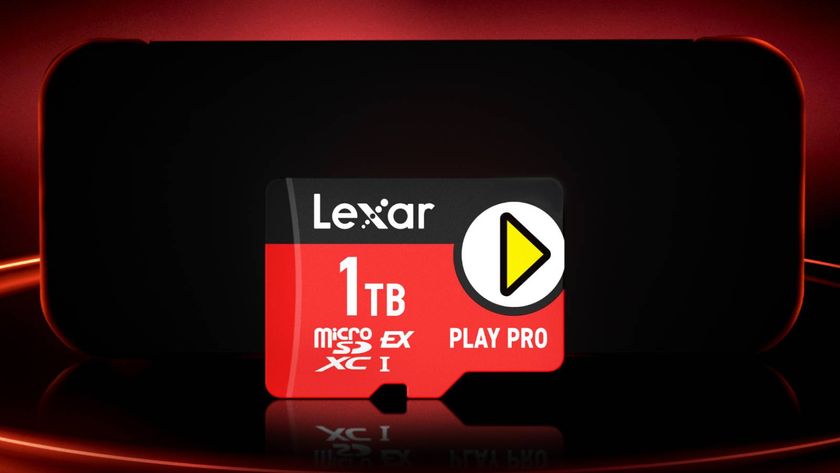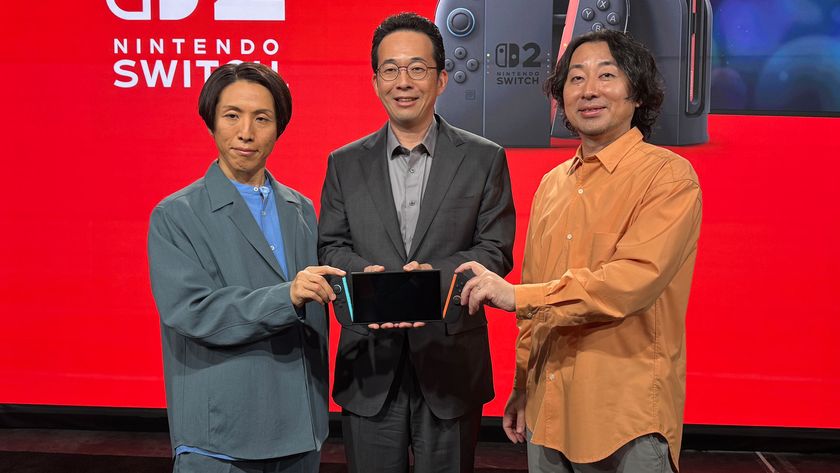Nvidia's 12-Pin Power Connector Will Work with Next-Gen PCIe 5.0-Compliant PSUs
Your current GeForce RTX 30 Founders Edition will work with your next PSU.
When Nvidia introduced its proprietary 12-pin power connector with its GeForce RTX 30-series Founders Edition graphics cards last year, many considered it an overkill. But the move might indeed be pretty wise as that connector and cable are compatible with the industry-standard 12+4-pin (12VHPWR) power connection, so existing GeForce Founders Edition graphics boards will work just fine with next-generation PSUs.
Nvidia's 12-pin power connector (formally known as the Molex MicroFit 3.0 dual row, 12 circuits) is designed to deliver up to 600W to a graphics card using 12V rail of a PSU and apparently the same amount of power is set to be delivered by a 12+4-pin auxiliary PCIe 5.0 power connector (also known as 12VHPWR).
While the 12VHPWR has 16 connectors in total, four use a separate set of contacts that currently carry sideband signals which validate that the card is properly connected and determine the maximum initial power the card can get from the particular PSU via the particular cable, according to a document obtained by Igor's Lab (via VideoCardz). There is one contact (out of four sideband contacts) reserved for future use, so it does nothing today. It is unclear whether the sideband contacts are mandatory or optional. Meanwhile, power and ground connectors of the 12VHPWR and Nvidia's 12-pin power cable are the same.
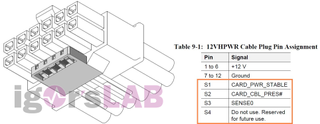
There is one more wrinkle though. Formally, each contact of Nvidia's 12-pin power connector is rated for 9A, whereas each contact of a 12VHPWR plug is designed for up to 9.5A, though the maximum rated power of each connector is the same. Also, dimensions of a 12VHPWR and Nvidia's 12-pin power connector are generally the same, which essentially implies that the latter is a subset of the former without sideband signals.
There are not many power supplies with a 12+4-pin auxiliary PCIe power connector in the wild today, but Asus has already introduced two of them: ATX-compliant Thor PSUs and SFX/SFX-L-compliant Loki PSUs. While the smaller Loki power supplies indeed have four sideband pins, the larger Thor power supplies continue to use conventional 8-pin auxiliary PCIe power connectors and are still badged as PCIe 5.0-ready. Needless to say that, when HardwareLuxx tried to connect an Nvidia GeForce RTX Founders Edition graphics card to the ROG Thor 1000W Platinum II, it worked perfectly.
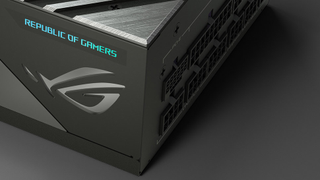
We do not know for sure whether the sideband pins of a 12VHPWR power plug are mandatory or not, but since the ROG Thor 1000W Platinum II does not have them, we assume that they are not. To that end, we can expect Nvidia's GeForce RTX 30-series Founders Edition graphics cards with Nvidia's 12-pin power connectors to work perfectly with PCIe 5.0-compliant PSUs that do not have those 12VHPWR sideband contacts. We cannot be 100% sure about PSUs that have those sideband contacts implemented, but if they are not mandatory, everything should be fine too.
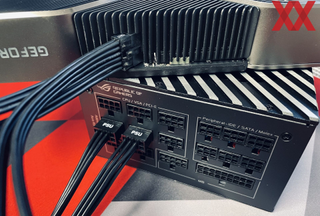
Of course, we will have to test Nvidia's GeForce RTX 30-series Founders Edition graphics cards with at least some power supplies that are either PCIe 5.0-badged or come with a 12VHPWR power plug to be absolutely sure about their compatibility. But for now, it looks like owners of Nvidia's latest FE boards can safely upgrade their PSUs and to get ready for next-generation of best graphics cards while using current cards in the meantime.
Stay On the Cutting Edge: Get the Tom's Hardware Newsletter
Get Tom's Hardware's best news and in-depth reviews, straight to your inbox.

Anton Shilov is a contributing writer at Tom’s Hardware. Over the past couple of decades, he has covered everything from CPUs and GPUs to supercomputers and from modern process technologies and latest fab tools to high-tech industry trends.
